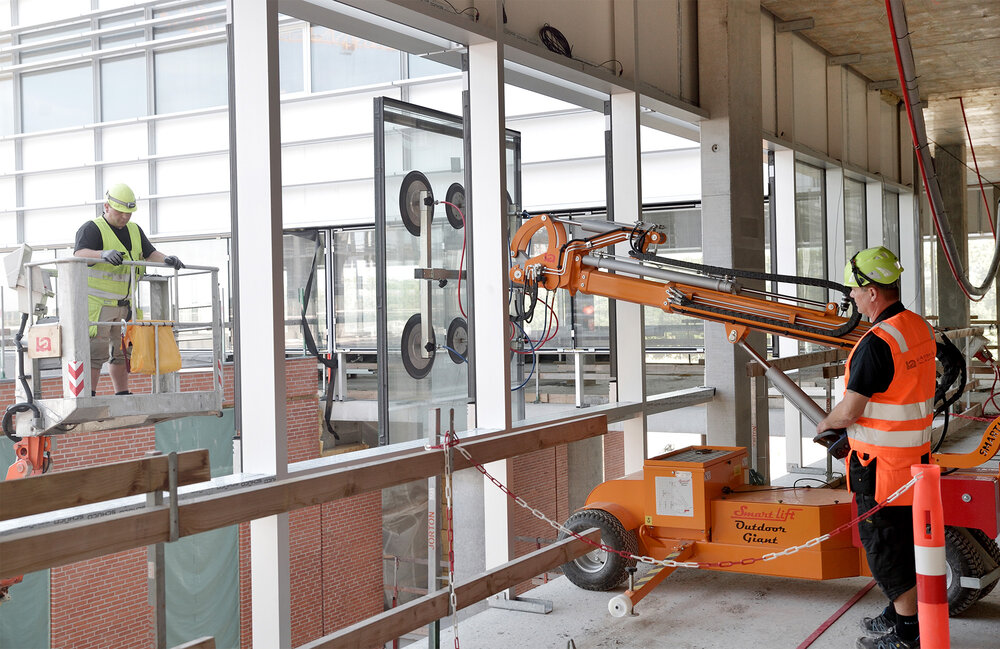The glazing industry is changing rapidly, and not just because of the ever-growing popularity of solar energy.
New technologies, such as glazing robots, are revolutionizing the way products are made. In this article, we’ll take a look at what these robots are and how they’re changing the landscape of the glazing industry.
What are Glazing Robots?
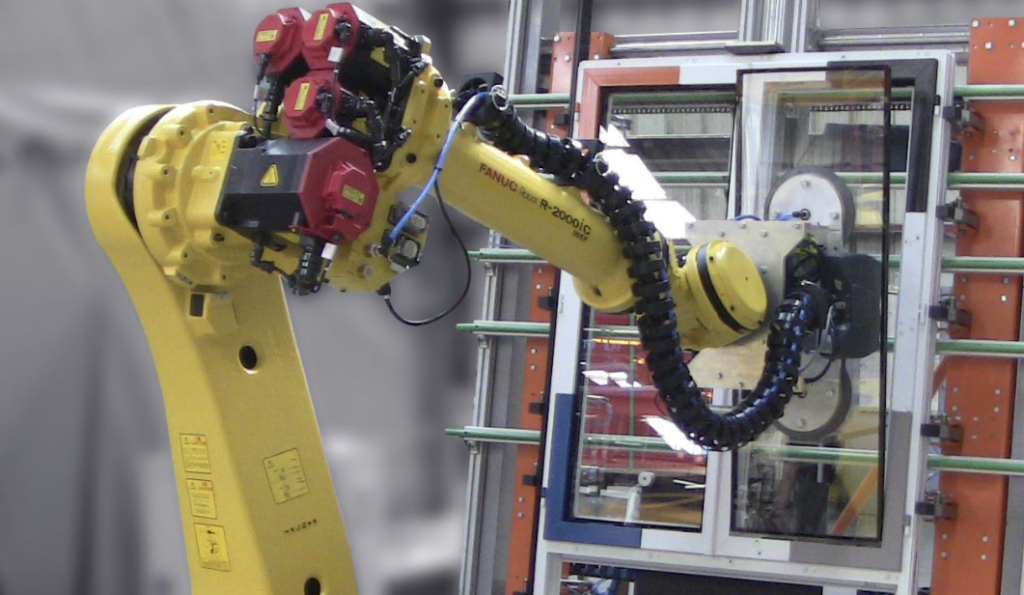
Glazing robots are changing the glazing industry by speeding up the process of installing window glass.
Thanks to their advanced technology, they can quickly and easily install windows, doors, and other glass surfaces. They are also more accurate than human workers, making them a valuable tool in the industry.
They have been around for a few years now, but they are only just beginning to gain popularity in the industry. This is likely due to their many benefits over traditional methods of installing window glass.
For example, glazing robots can install windows in less time than a human worker, which can save both time and money. They are also much more accurate than humans, meaning that they can avoid making mistakes that can lead to damage, poor installation results, or even injuries.
Overall, these are valuable units that can help speed up the process of various types of labor. Their accuracy and speed make them a popular choice among professionals in the glazing industry, and they are sure to revolutionize how window glass is installed across the board.
How are Glazing Robots Used in the Glazing Industry?
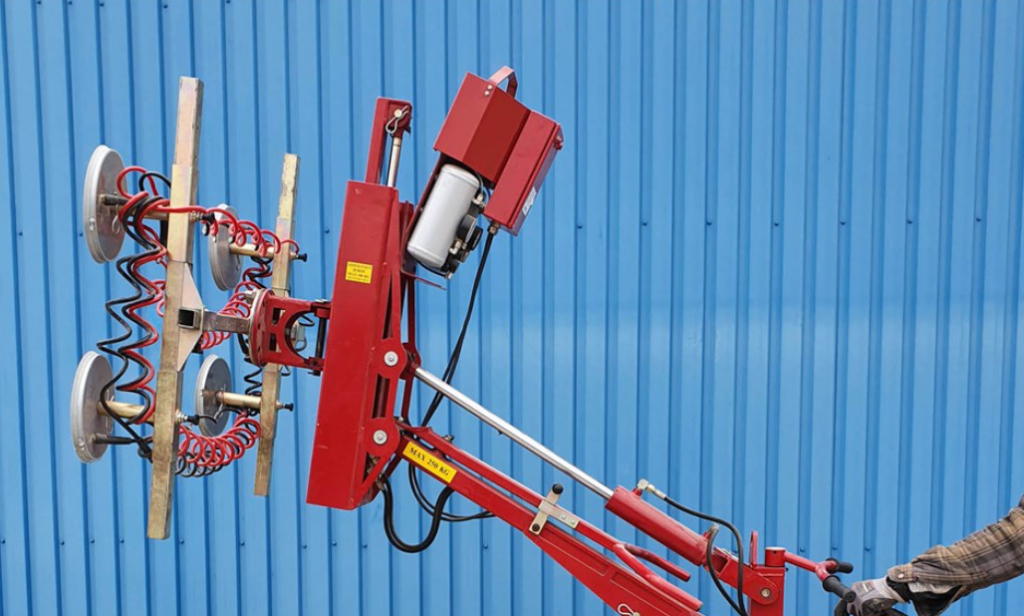
They help contractors and homeowners save time and money on their projects by automating many of the tasks of glazing. Glazing robots are also safer and faster than human workers, which makes them a popular choice for high-volume commercial and residential glazing installations.
They are also growing in popularity in a bid for glass and drastically increase productivity. Follow this link if you want to find out more.
How Glazing Robots Work
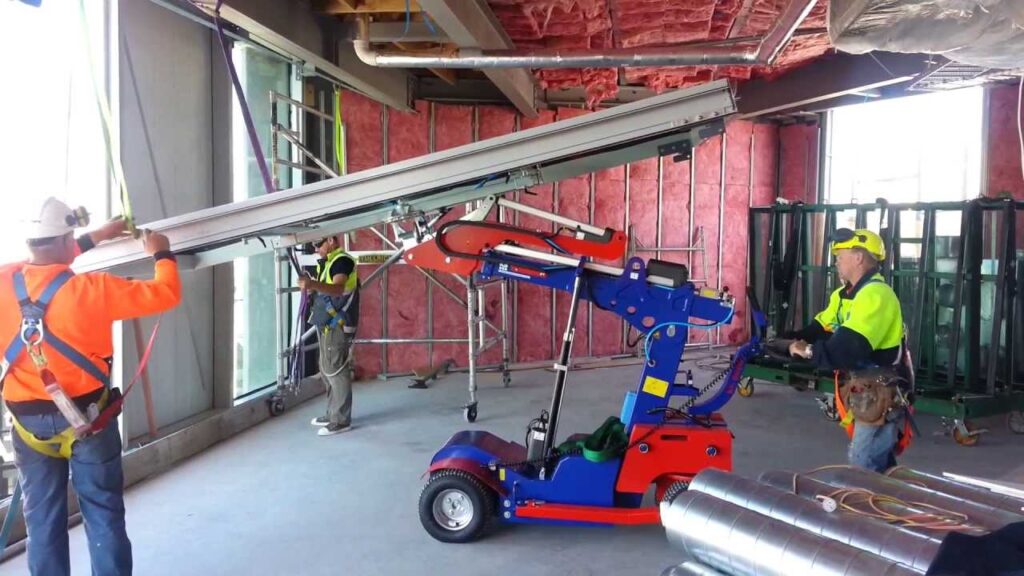
Glazing robots use sensors to navigate obstacles in the room and measure the size, shape, and position of the objects they are working with. This information is then used to control the robot’s arm so that it can reach any part of the window or door frame.
- The benefits of using a glazing robot over human workers include:- Reduced labor costs: With automated tasks, you can reduce your workforce by as much as 75% or more. This will save you money on wages and equipment costs.
- Increased safety: Glazing robots are much safer than human workers, which means you won’t have to worry about accidents happening while your robot is working. In addition, they are much faster and more accurate, which means you can complete
What Benefits do Glazing Robots Offer?
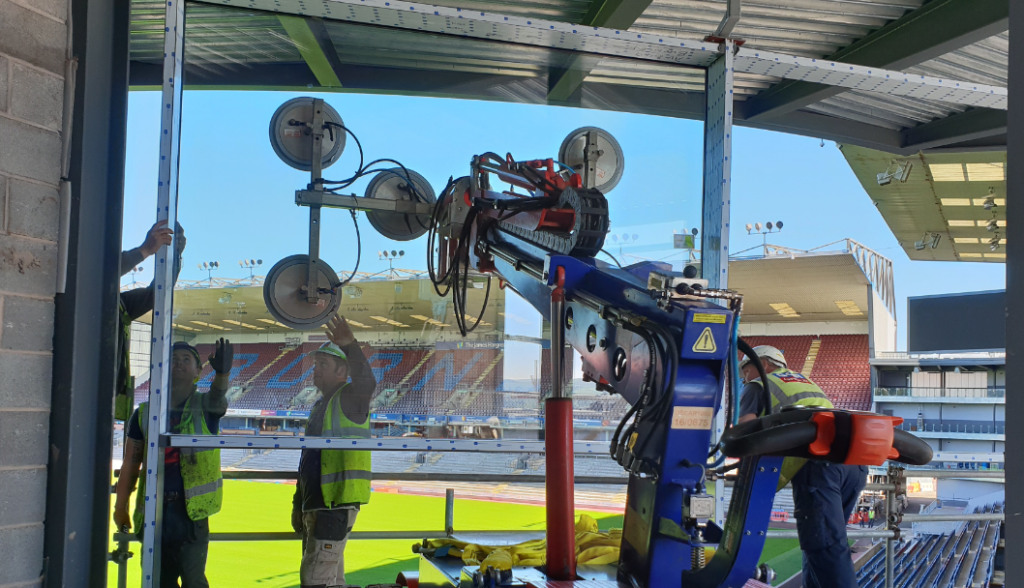
These robots offer a number of benefits over traditional methods of glazing. First, they are much faster and more efficient, making the process faster and less labor-intensive. Second, they are able to handle large panels much more easily and with less damage, making them an ideal solution for high-volume or expensive glass products.
Third, they can be programmed to complete specific tasks automatically, eliminating the need for human oversight. Finally, they are cheaper to operate than traditional methods; meaning businesses can save money on their glazing costs over time.
Conclusion
With the rise of glazing robots, the glazing industry is seeing a rapid transformation. This technology has made it easier and faster for manufacturers to do a number of jobs in their buildings, saving both time and money.
They have also eliminated many of the common problems that occur during installation, such as broken glass and distorted frames. But the most important thing of all is that they eliminate human error factors and reduce injuries.

